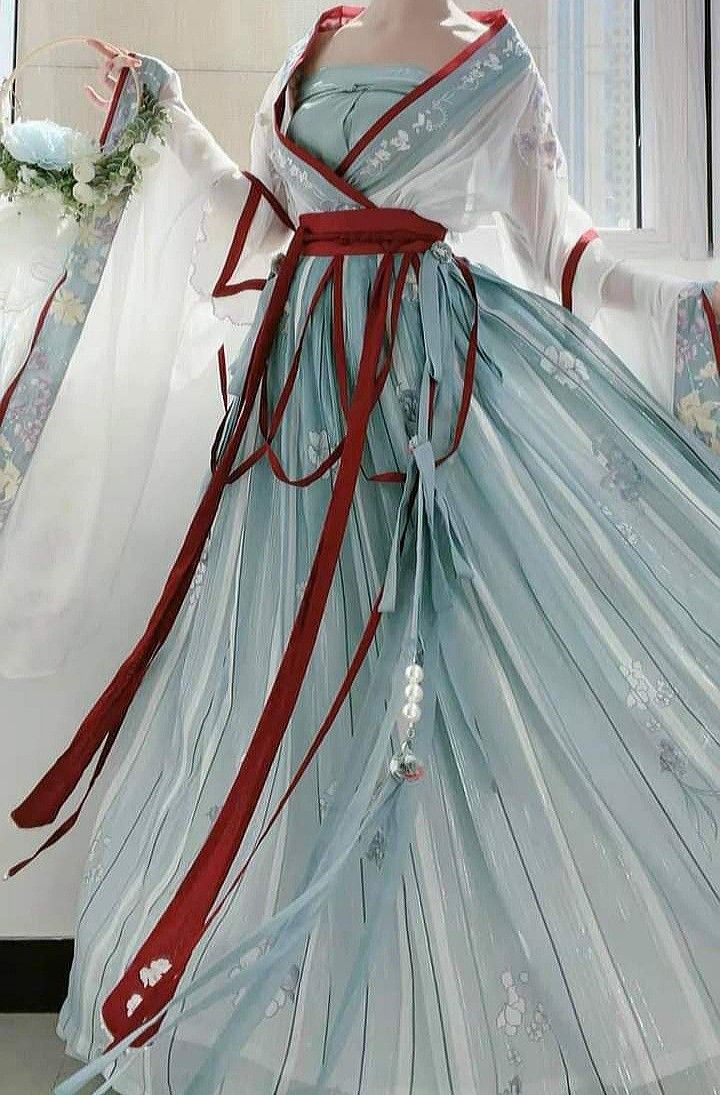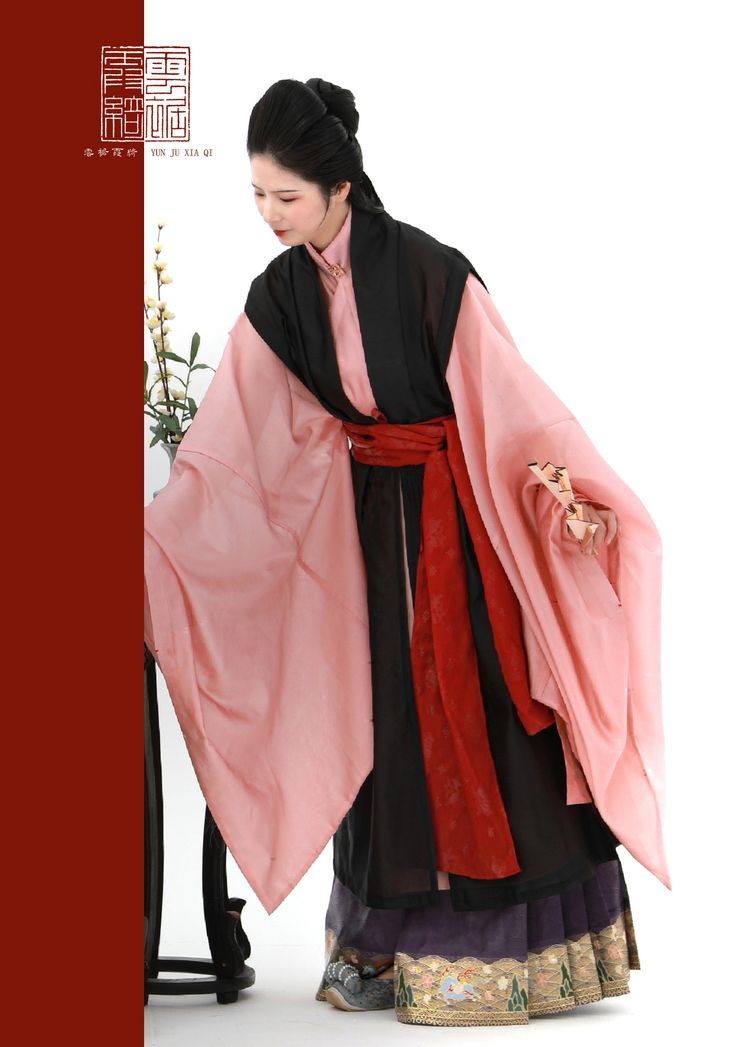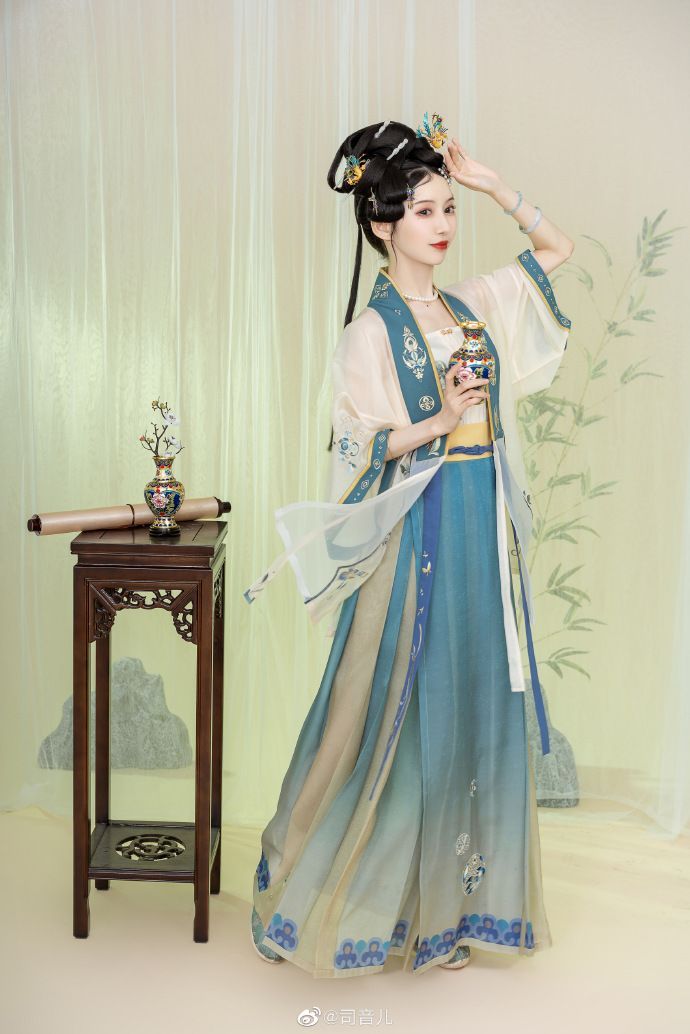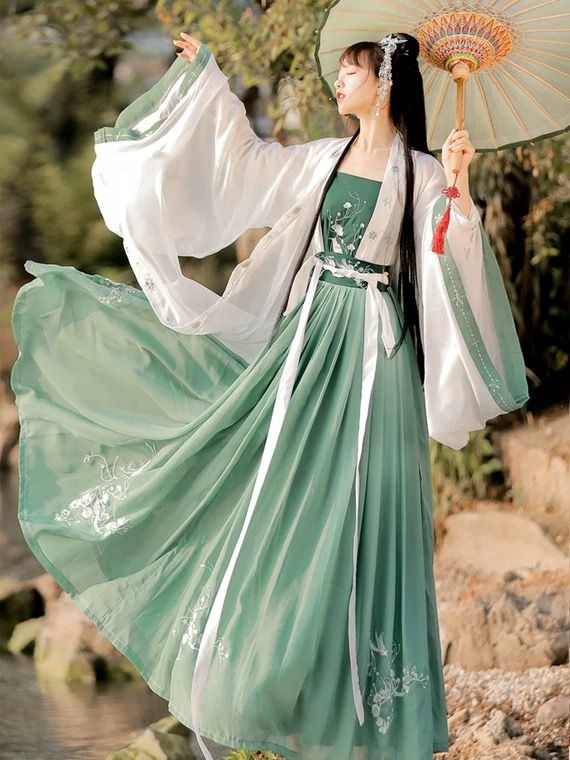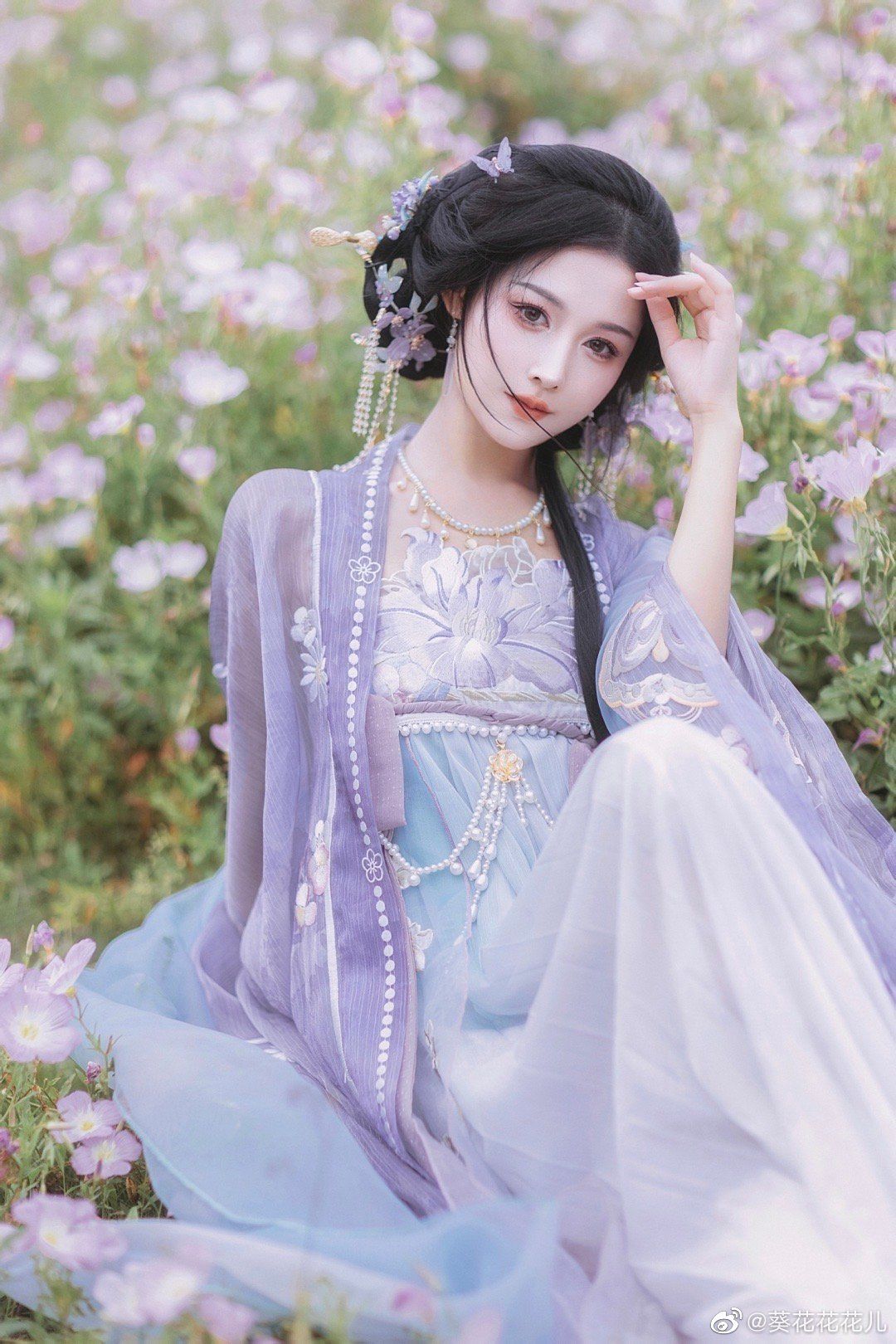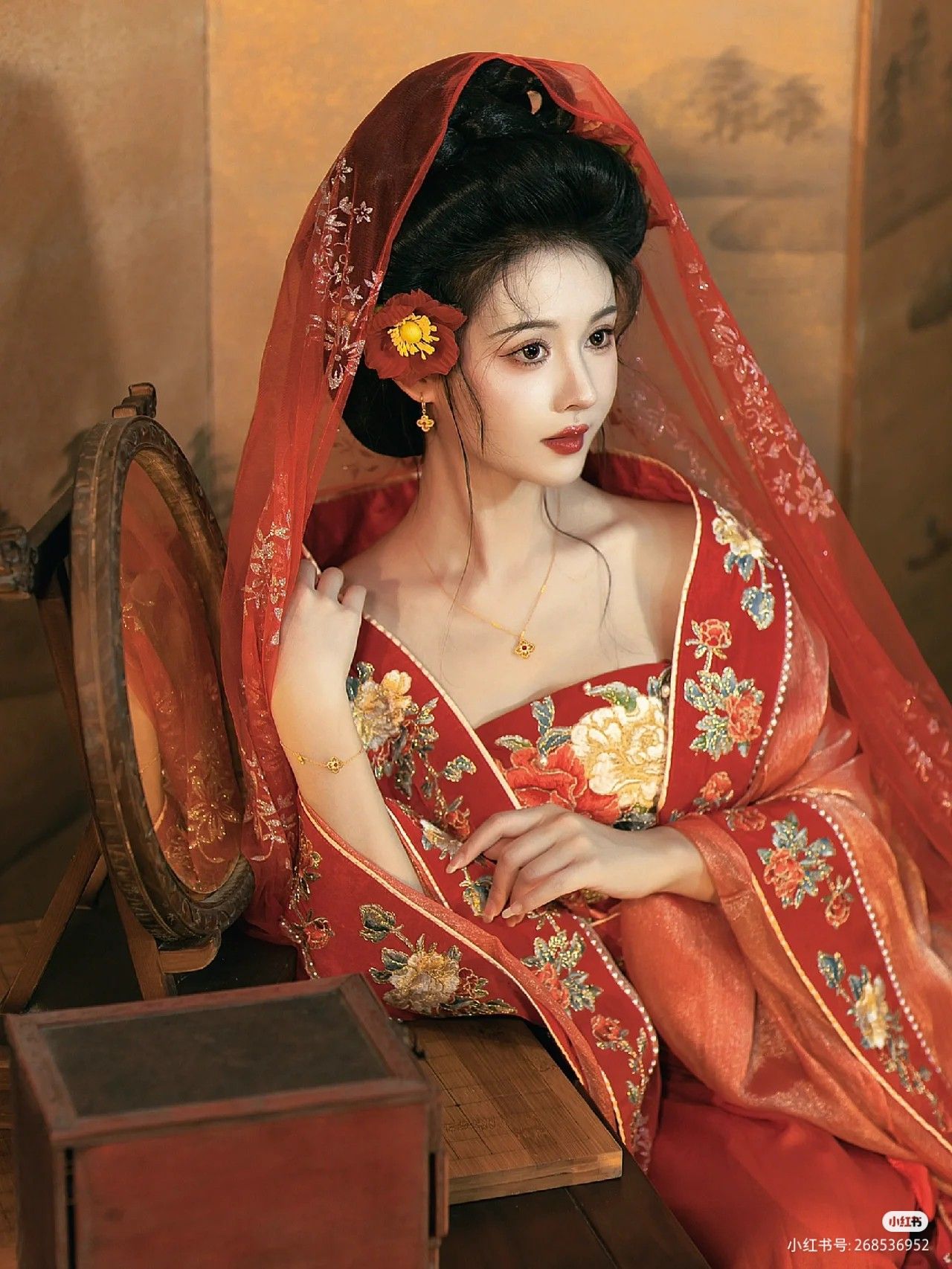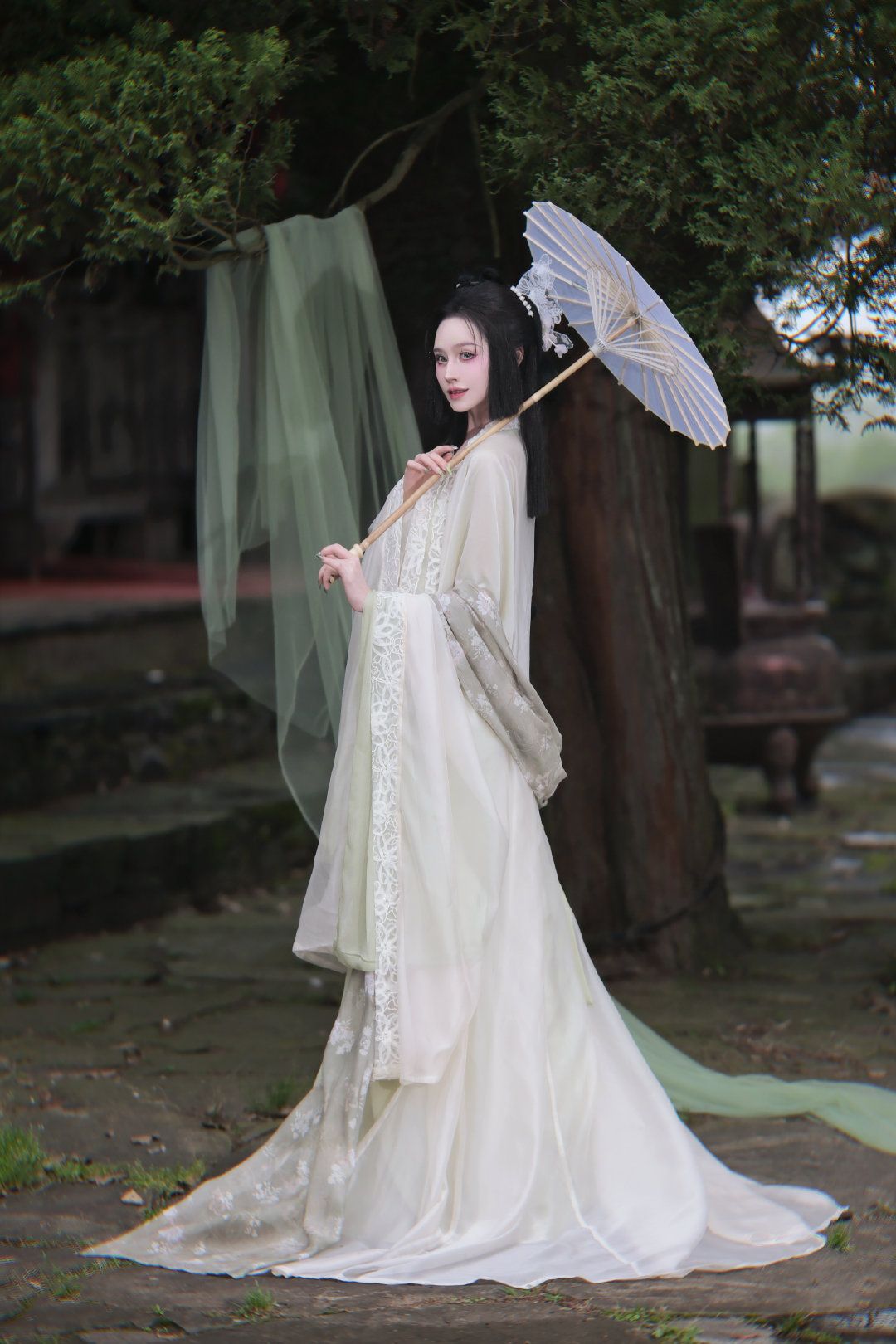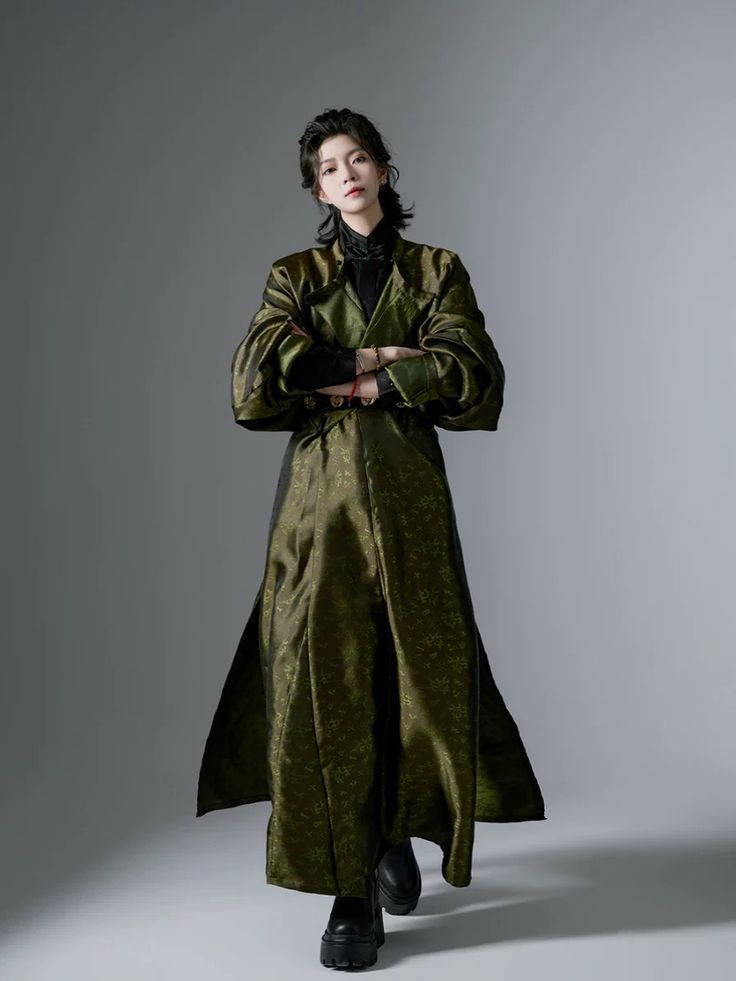In the tapestry of Chinese cultural history, the Hanfu wedding attire, particularly the Ming-style, embodies a legacy of exquisite craftsmanship and profound symbolic meanings. As a traditional form of clothing that dates back over thousands of years, Hanfu represents the essence of ancient Chinese civilization, blending elegance with ritual significance.
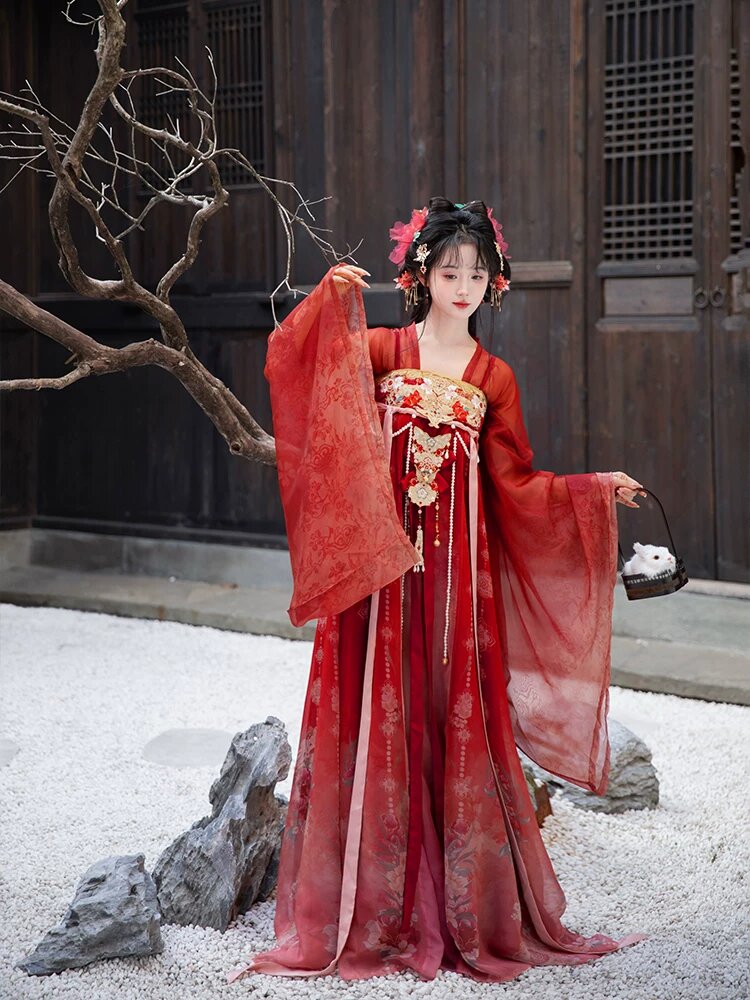
The Ming Dynasty (1368-1644 CE), a pivotal period in Chinese history, witnessed the evolution of Hanfu wedding attire into a distinctive and luxurious style. The marriage ceremony was not only a union of two families but also a grand display of cultural heritage and social status. The intricate details and vibrant colors of Ming-style Hanfu wedding gowns reflected the sophistication and opulence of the era.
The gowns were often crafted with exquisite embroidery, using precious threads and stones, and adorned with symbols that carried profound meanings. The intricate patterns and designs represented good fortune, prosperity, and harmony. The use of specific colors, such as red and gold, signified luck and auspiciousness, while the intricate details and elaborate designs added a sense of grandeur to the attire.
The gowns were typically divided into several layers, each layer representing a different aspect of the marriage. The outer layers were often adorned with patterns that symbolized unity and harmony, while the inner layers were simpler yet equally elegant. The use of silk, brocade, and other luxurious materials added to the opulence and elegance of the attire.
The headgear was an integral part of the wedding ensemble, often adorned with jewelry and ornaments that further enhanced the beauty of the bride. The veil, a traditional part of the wedding attire, was often embroidered with patterns that symbolized love and fidelity, adding a touch of romance to the ceremony.
The accessories, such as the fan, jade pendant, and other jewelry, completed the ensemble and added to the overall elegance of the wedding attire. These accessories were often passed down through generations, carrying a legacy of family history and tradition.
In modern times, Hanfu wedding attire has experienced a revival, with many couples opting for traditional Chinese wedding ceremonies. The Ming-style Hanfu wedding gown has become a popular choice for those seeking to honor their cultural heritage while embracing modern aesthetics.
The intricate craftsmanship, vibrant colors, and profound symbolic meanings of Ming-style Hanfu wedding gowns make them a unique and beautiful choice for modern weddings. As a testament to the enduring legacy of Chinese culture, these gowns continue to captivate hearts and inspire admiration for generations to come.
In conclusion, the Ming-style Hanfu wedding gown is not just a piece of clothing; it is a symbol of cultural heritage, history, and tradition. It represents a journey into the rich tapestry of Chinese culture and history, telling a story of love, unity, and family. As we embrace this beautiful tradition, we also honor the legacy of our ancestors and their rich cultural heritage.

